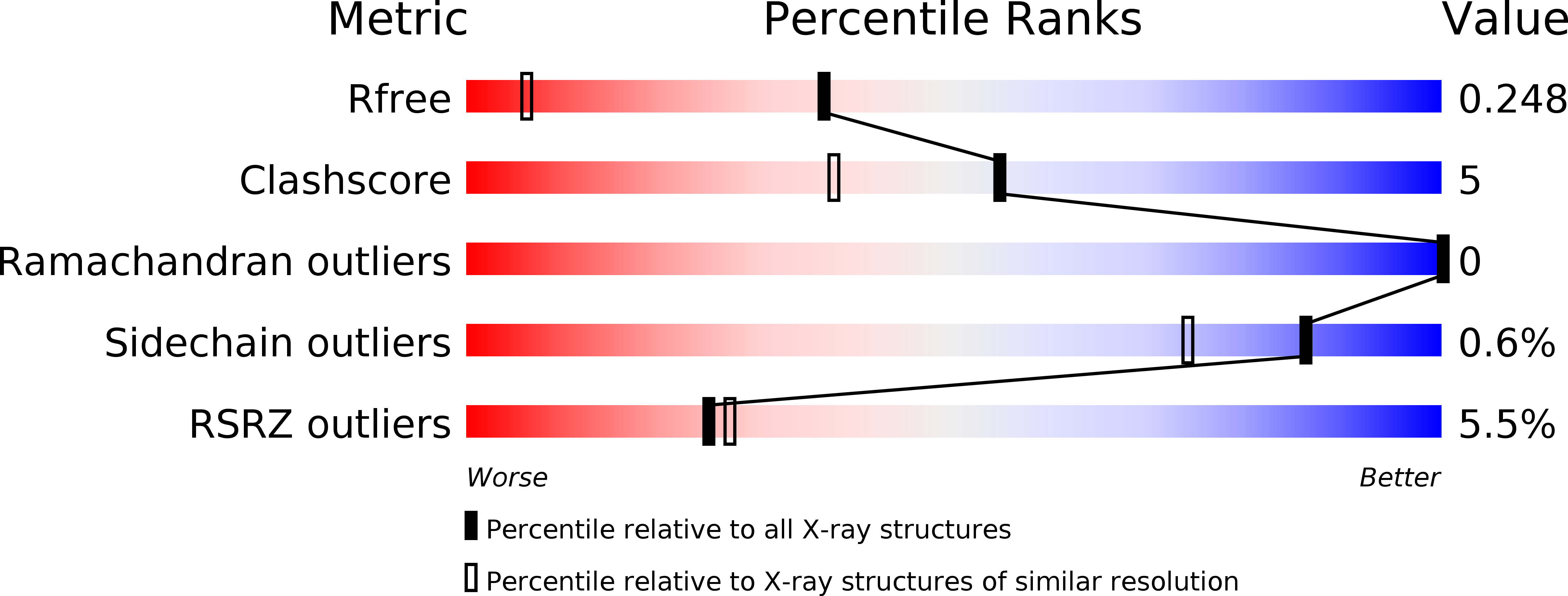
Deposition Date
2004-12-02
Release Date
2005-11-15
Last Version Date
2024-10-30
Entry Detail
PDB ID:
1Y5H
Keywords:
Title:
Crystal structure of truncated Se-Met Hypoxic Response Protein I (HRPI)
Biological Source:
Source Organism:
Mycobacterium tuberculosis (Taxon ID: 1773)
Host Organism:
Method Details:
Experimental Method:
Resolution:
1.50 Å
R-Value Free:
0.23
R-Value Work:
0.22
Space Group:
C 1 2 1


